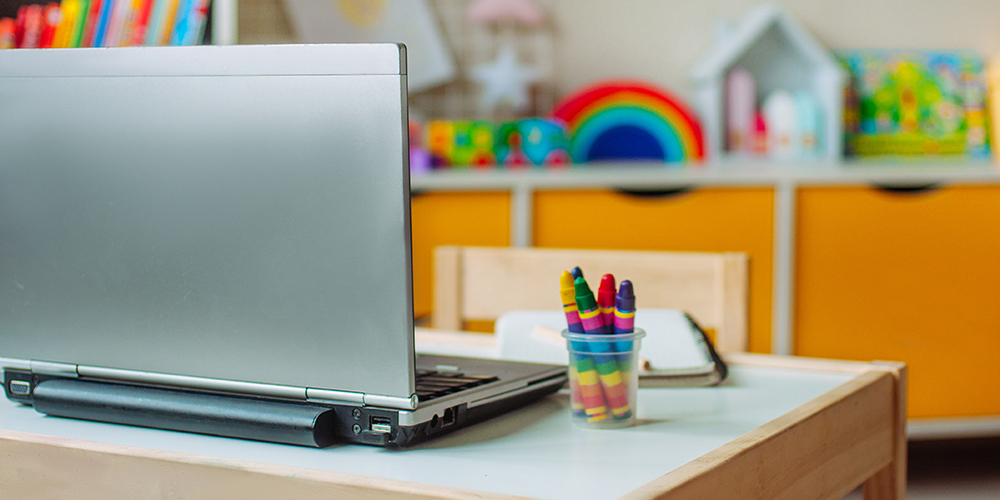Chicago Public Schools (CPS) has significantly expanded its outreach efforts after 49,000 out of 300,000 students failed to log into their respective virtual classrooms on the first day of remote learning.
At a CPS Board of Education meeting Wednesday, officials discussed the district’s ongoing challenge of connecting with students remotely, reports Block Club Chicago. When schools shut down in the spring due to the coronavirus pandemic, the district reported thousands of students missing from online classrooms. Data released by the district said 559 students were “off-the-grid” for most of the spring.
As a result, school officials came up with a plan to get the students back in the classroom, including tens of thousands of phone calls, a mass flyering campaign, and training security officers for home visits.
In preparation for the new school year, since August, central office staff, bus aides, and workers from Safe Passage, who stand in neighborhoods before and after school to provide support to students as they commute, have been making daily phone calls to check in with vulnerable students. Of particular concern have been those that are homeless, students attending Chicago schools for the first time, or students in important transitions such as going from middle school to high school.
Staff members let students and their families know school was starting and checked to see if they had internet access and devices. As of last Tuesday, almost 35,000 families had been contacted and Safe Passage workers handed out nearly 60,000 flyers around the city.
The district also trained 1,317 security officers to visit students that staff members were unable to reach by phone, with the main focus on the 100 schools with the lowest attendance. Additionally, the district spent more than $50 million to provide internet access to low-income students.
According to a recent analysis by Chalkbeat, a nonprofit news organization, the schools that struggled most to contact all students in the spring were in Black and Latino communities hit disproportionately hard by the pandemic. They were also more likely to have a higher percentage of Black students and students who received subsidized lunch.
At Brunson Math and Science Specialty School, one of the neighborhoods hit the hardest by COVID-19, only 52% of students logged in on the first day of this school year. At Suder Montessori Magnet School, which is in a wealthier neighborhood, the first day of school saw a 98% attendance rate. The district average is 84%.
At the board meeting, members expressed concern about efforts to contact the 6,900 students the district still hasn’t been able to reach. LaTanya McDade, chief education officer for CPS, said efforts will continue and that a more “accurate picture” will be drawn in the coming weeks.
District officials also said the number of students who registered but didn’t come to class is not due to remote learning and that there is typically a gap between students who registered and the district’s final 20th-day enrollment calculation. At the start of a typical school year, some students who register never show up, usually because they moved or they went to charter or private schools.
Back in August, Mayor Lori Lightfoot announced all CPS schools would stay closed due to the pandemic, according to The Chicago Sun-Times. On Monday, Lightfoot said public health conditions have not yet improved to the point that would allow CPS students to return to classrooms by November as officials had hoped.
“I don’t want to speculate about the chances. It’s something we are focused on every single day, and we’ll make an announcement relatively soon because we’ve got to give parents and the school community enough time to adapt if we’re going to make a change,” said Lightfoot. “But we’re not there yet.”













